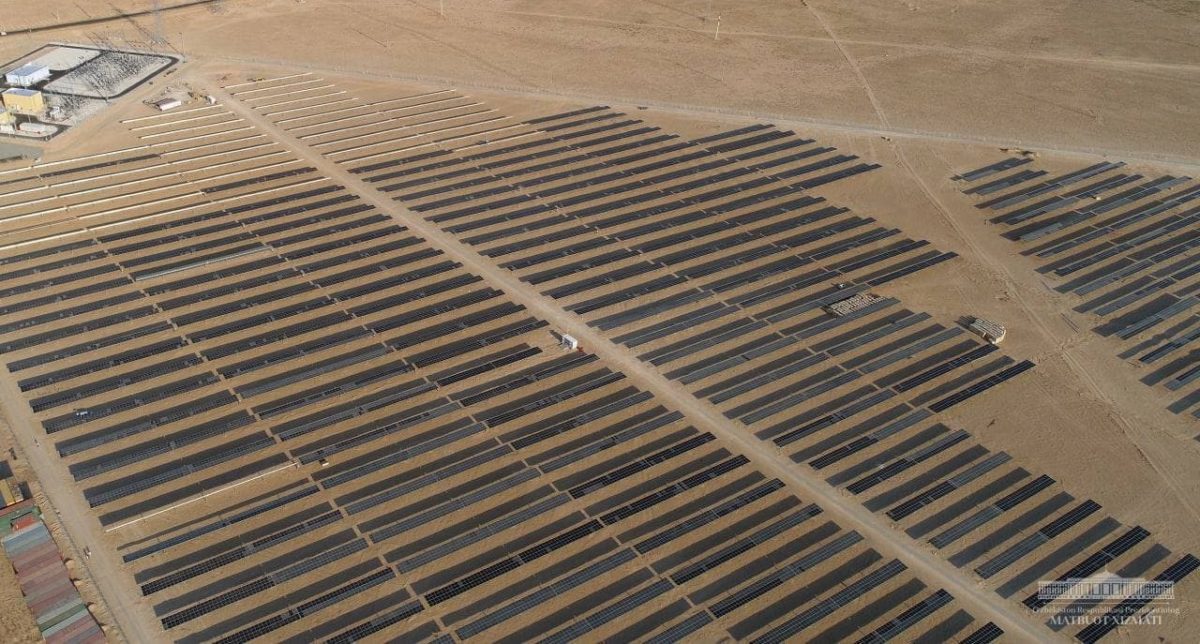A press release issued this morning by UAE state-owned clean energy business Masdar quadrupled the previously announced generation capacity ambition of the company.
Masdar was launched by UAE sovereign wealth fund Mubadala Investment Company in 2006 and, in December, Abu Dhabi‘s publicly-owned utility Taqa announced it was taking a 43% stake in the venture, with the UAE state-owned Abu Dhabi National Oil Company (Adnoc) coming on board as a 24% stakeholder, and Mubadala retaining 33% of the company stock.
At the time, Masdar said the new shareholders would see it have more than 23GW of operating and planned clean energy generation capacity with the aim of rising to “well over” 50GW this decade.
Solar and sustainability
A statement published by Masdar on the PR Newswire press release service today – to report growth in the company's clean generation capacity last year – said: “Last December, it was announced that three of the UAE's energy giants – Adnoc, Taqa and Mubadala – will partner under the Masdar brand to form a clean energy powerhouse with a combined current, committed, and exclusive capacity of over 23GW of renewable energy, with the ambition of reaching over 200 GW.”
The reorganization of the renewables developer was signed in the UAE pavilion at the Expo 2020 event in Dubai, which was delayed for a year by Covid-19 and will close at the end of this month.
The clean power collaboration will see Masdar encompass the Abu Dhabi Hydrogen Alliance founded by Adnoc, Taqa, and Mubadala in January last year as well as the renewables venture established by Adnoc and Taqa in November.
The change in Masdar ownership was accompanied by a change in stock for the company's hydrogen unit, which Taqa said in December would be 43% held by Adnoc and 24% by the emirati utility, with Mubadala retaining 33%.
The statement released by Taqa at the time stressed the hydrogen venture would focus on the green form of the energy carrier.
Masdar today said its installed and under-development renewables generation capacity rose last year from 10.7GW to more than 15GW in a portfolio worth more than $20 billion.
This content is protected by copyright and may not be reused. If you want to cooperate with us and would like to reuse some of our content, please contact: editors@pv-magazine.com.




Now we’re talking about 100s of GWs, soon we will talk about TWs, that’s the nature of industrial revolution. It’s a synergy, more KW of solar, batteries, wind power, electrolyser per dollar, exponentially increases production. It becomes easier to produce, if it’s cheaper than it’s competitors, you make a profit, you don’t have to subsidise it, you can store it, for use, when the sun, doesn’t shine.